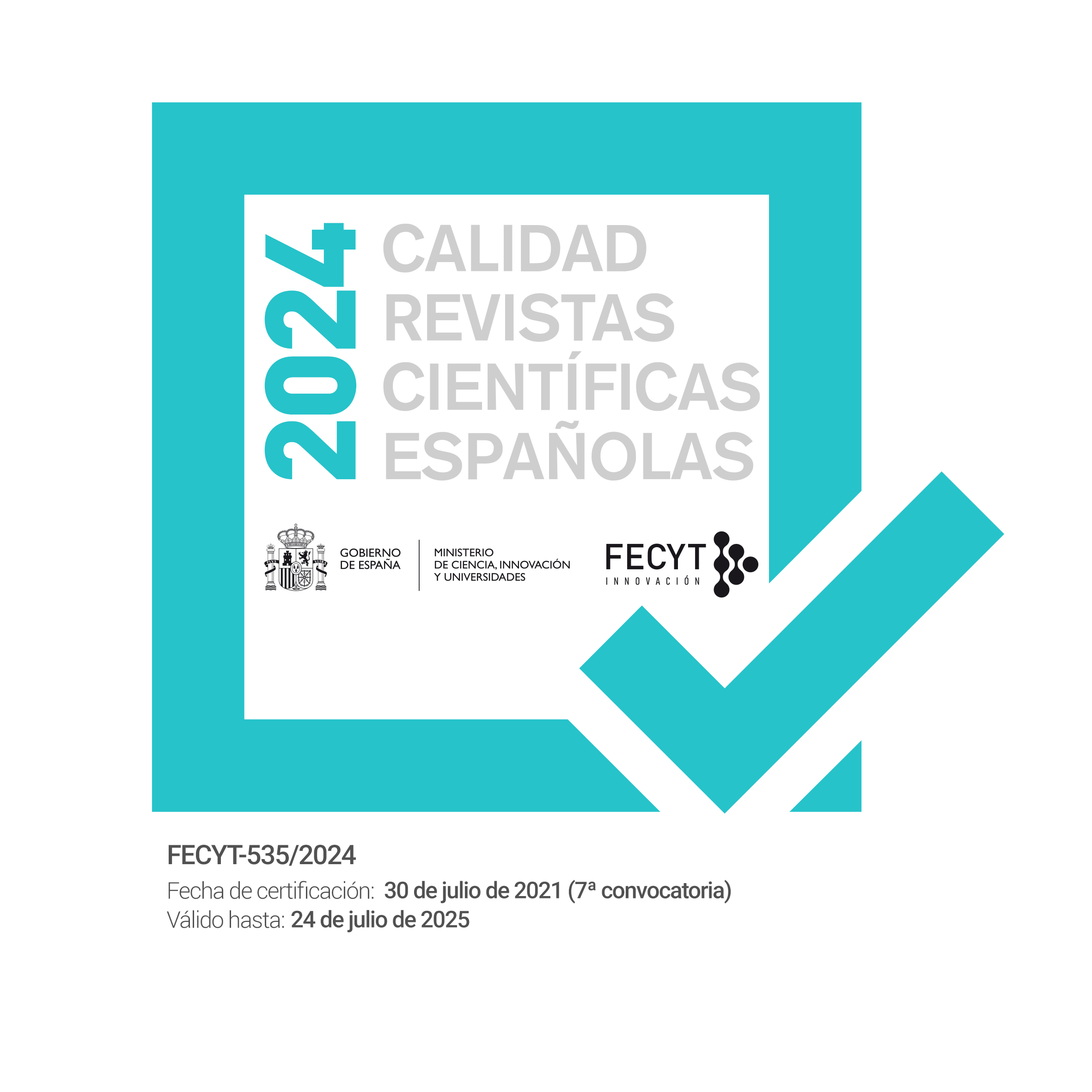Iberoamerican Journal of Development Studies
Aims and Scope:
Iberoamerican Journal of Development Studies publishes high quality multidisciplinary research on development, understood as the social, economic, political, cultural and technological process of change. This kind of development has to provide more and fair equality of opportunities to everyone, and thus to enable the development of all its potentials. It has also to preserve for future generations the access and use of natural resources, environment and cultural heritage.








